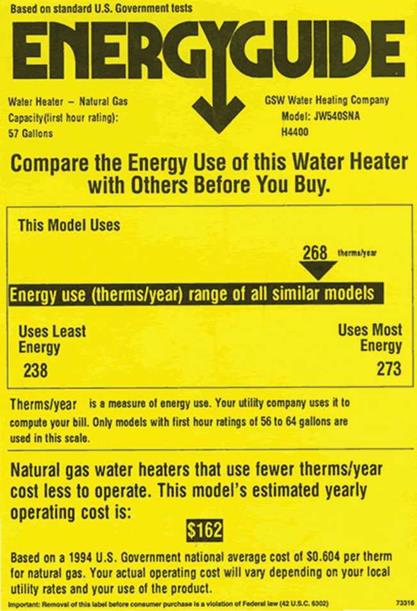Modern bathrooms, especially larger luxury bathrooms, have a variety of lighting requirements for the many activities that take place in this room. It can be a personal retreat, a refuge to sooth the soul, a work place to prepare for the day, or a show place to enjoy. Lighting adds to the aesthetic appeal and can create a mood in the room. Many grooming tasks, including dressing, shaving, and applying make-up, take place in the bathroom and require a quality light source in order to be completed adequately. As more activities move into the bathroom area, lighting must be more varied and flexible to accommodate them all. For example, the lighting needed for vigorous exercise will not be the same as desired for relaxing in a tub or meditating.
Among the considerations for planning quality light is selecting sources that provide illumination that is flattering to skin tones and allows accurate matching of colors. In addition, the lighting should be comparable to the light where your client will spend their day.
Your client will be the main source of information for determining lighting needs. Once you have determined the client’s bathroom activities using the forms in chapter 5, "Assessing Needs," and made note of any special vision needs or activities taking place in the bathroom space, you will
EnergyGuide Labels
The bright yellow EnergyGuide label (see Figure 7.10) is used to provide information on the comparative energy use and costs on a variety of many appliances. This is another tool that can be used to select an energy-efficient appliance. The EnergyGuide label provides the yearly estimated energy costs for an appliance (based on the national average energy cost) as well as the yearly estimated kilowatt hour usage. The label also provides a graph showing the range of energy costs to operate similar appliances and indicates how the labeled appliance compares to this range. If the appliance is Energy Star-certified, that information is included on the EnergyGuide label. EnergyGuide labels are found on those appliances where there is the most variation in energy use among models, including water heaters.
|

have a better idea of where light sources will be needed and the type of lighting that will be most appropriate. For design concepts that improve visual access specifically, refer to chapter 8, "Accessibility in Practice." In addition to considerations for activities, the lighting plan should take into consideration the number and size of the windows, the ceiling height, the size of the room, and the room’s style.
The focus of this chapter is on planning considerations. After you identify needs and research the options; consider the budget and then get creative with your lighting plan. A good lighting design does not rely on just one light source but uses light layering to incorporate all of the functions you would like the room’s lighting to perform. You will be incorporating various levels of light in these layers. Begin by considering the basic types of lighting and how you might use them. These include daylighting, general or ambient, task, decorative, and accent lighting.



